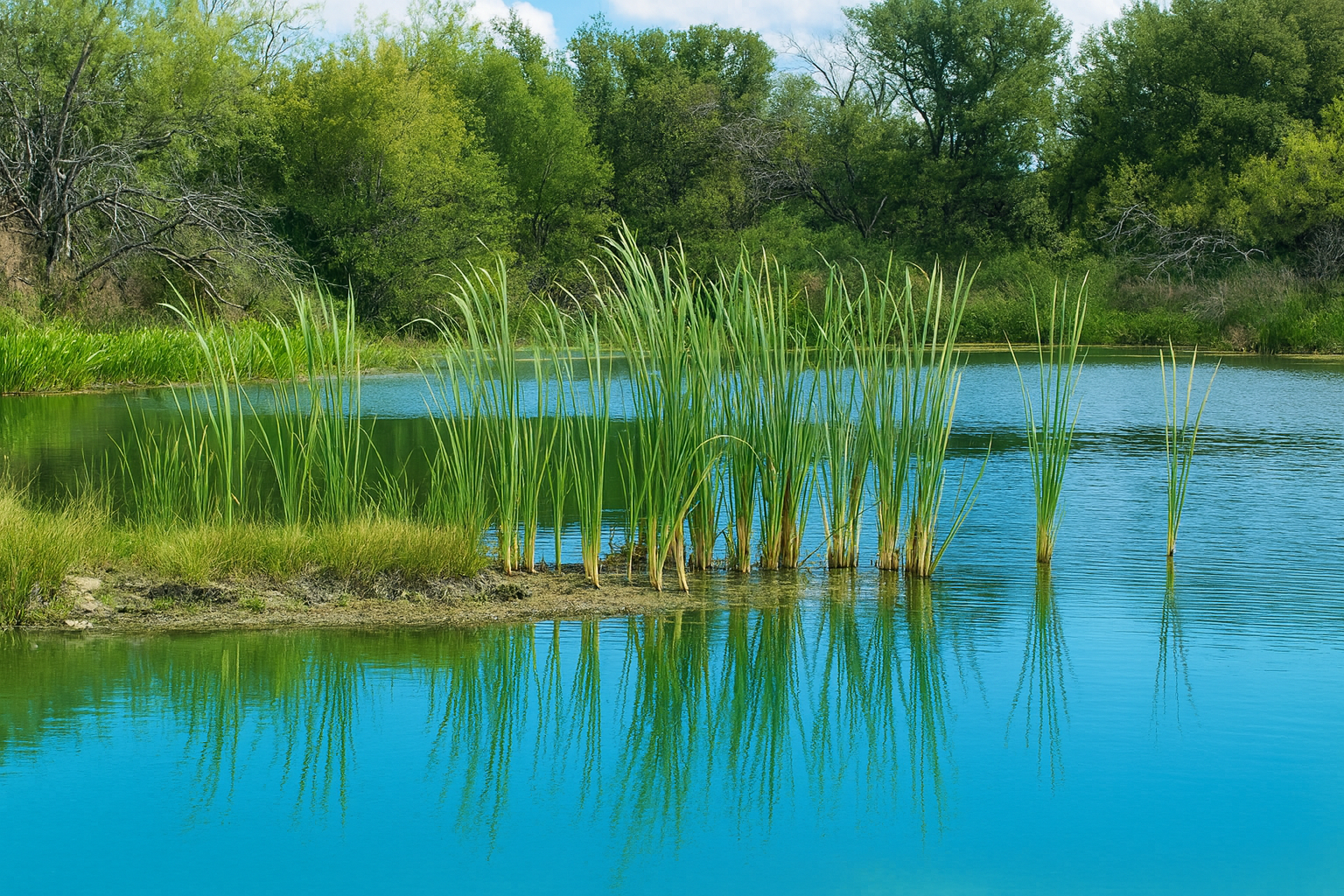
The Natural Filter: How Cattails Clean and Beautify Your Pond
When you think of pondside plants, cattails are often one of the first to come to mind. With their tall green stalks and iconic brown
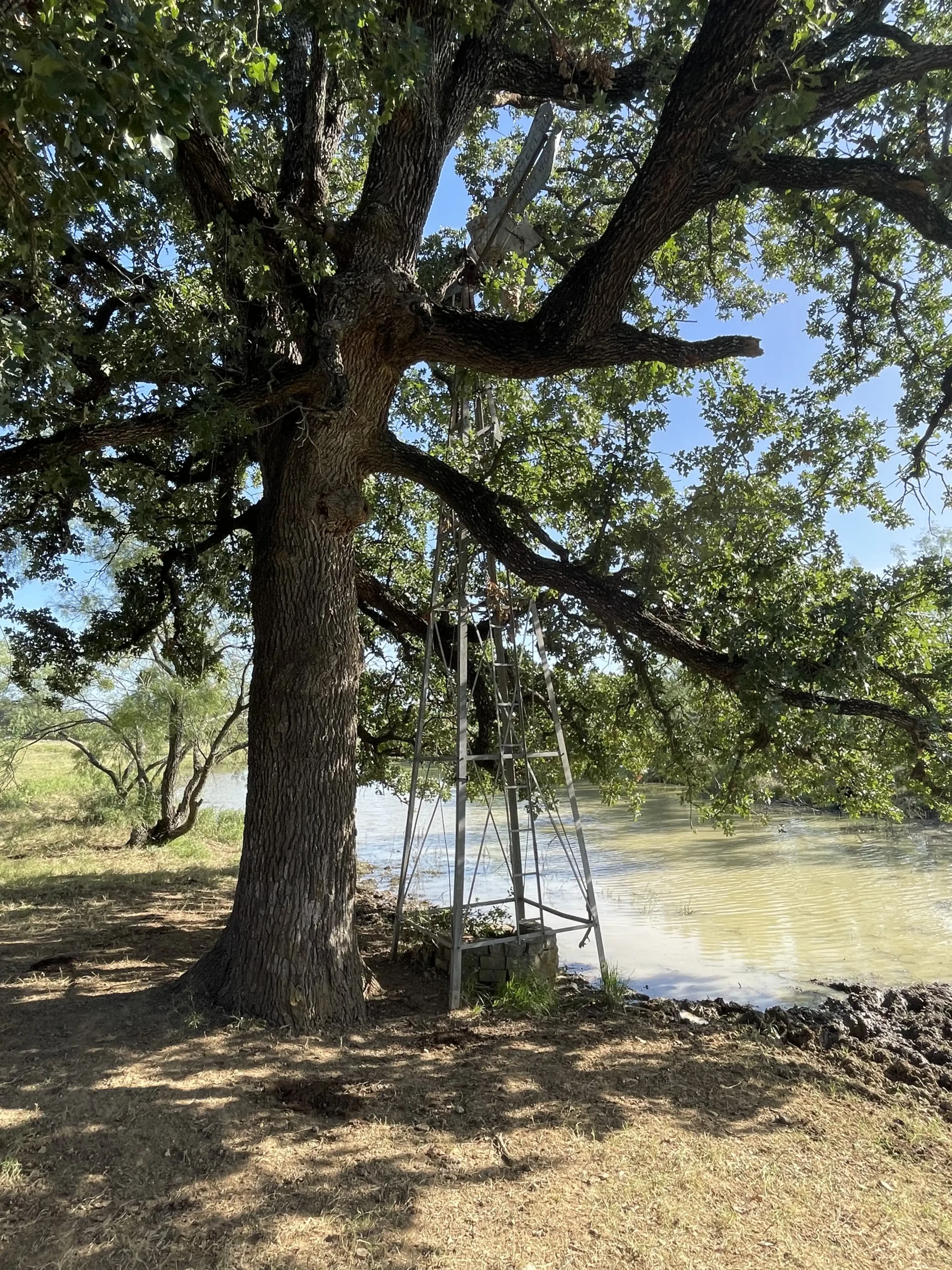

When you think of pondside plants, cattails are often one of the first to come to mind. With their tall green stalks and iconic brown
There’s a new resident spinning stories in silk at the ranch—and she’s not shy about showing off her handiwork. Meet the yellow garden spider, Argiope
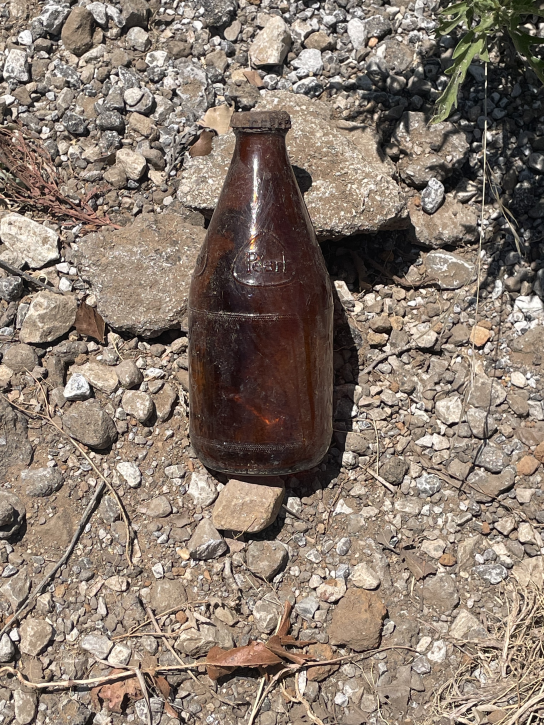
A roadside memoir of cans/bottles, commitment, and Coors Light It was late afternoon—the golden hour in Erath County. The sun bent low over the mesquite
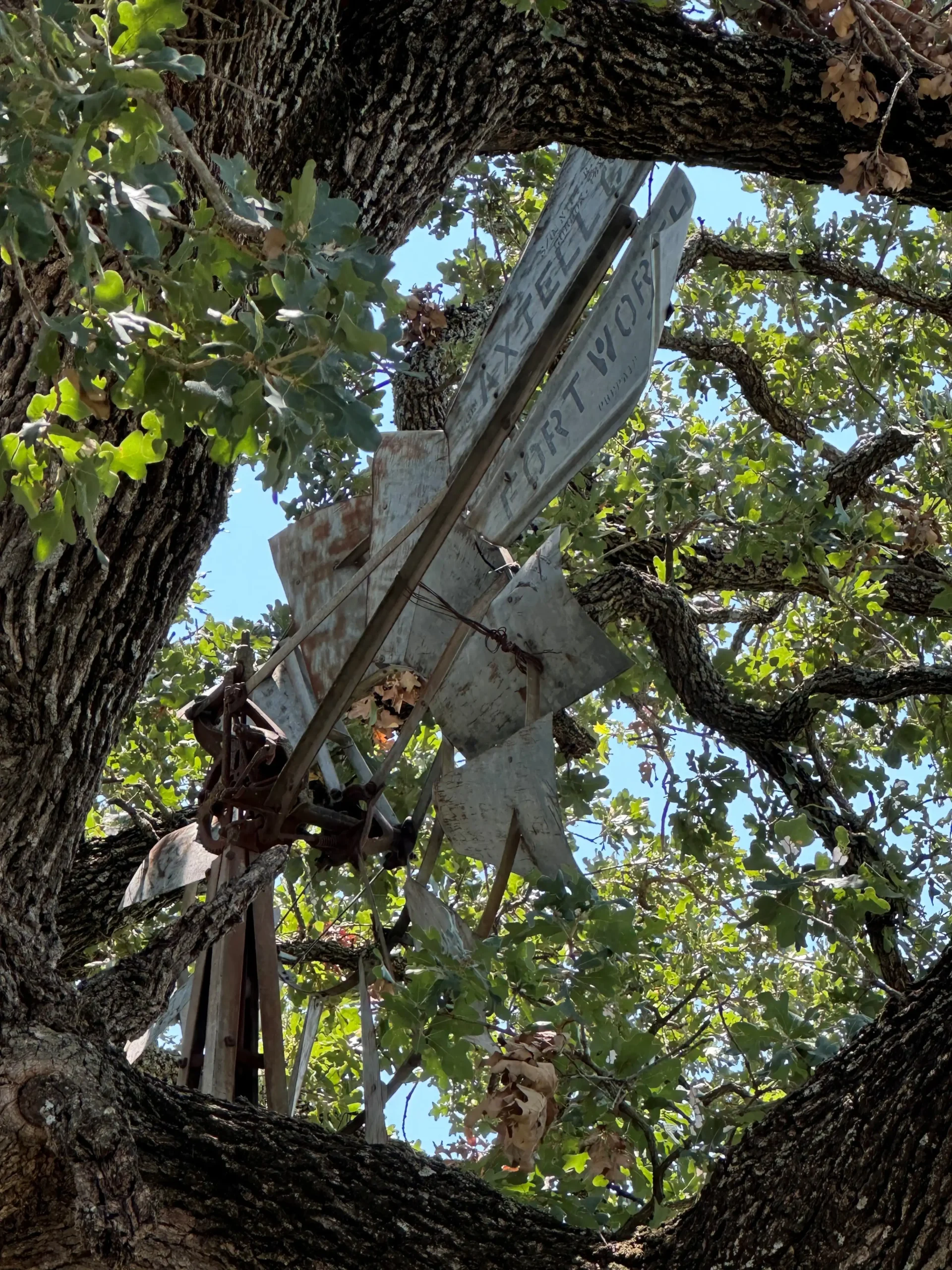
Tucked into the branches of an old oak, like a relic slowly swallowed by time, this rusted windmill bears the name F. & E. Myers Co. of Fort Worth — a ghost from the golden age of American homesteading and rural ingenuity.
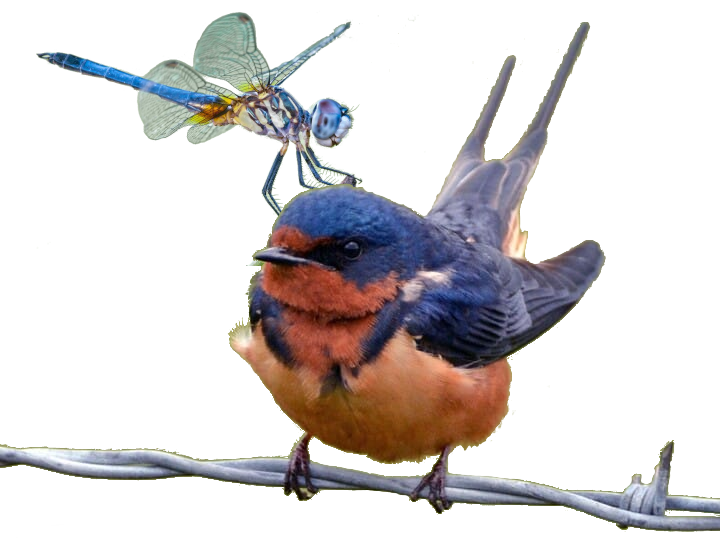
In the world of ranching and cattle farming, pests like the horn fly (Haematobia irritans) can be a real thorn in the side—or more accurately, a bite on the hide. These tiny blood-sucking insects don’t just irritate cattle; they cause significant economic losses through reduced weight gain, lower milk production, and increased disease transmission.
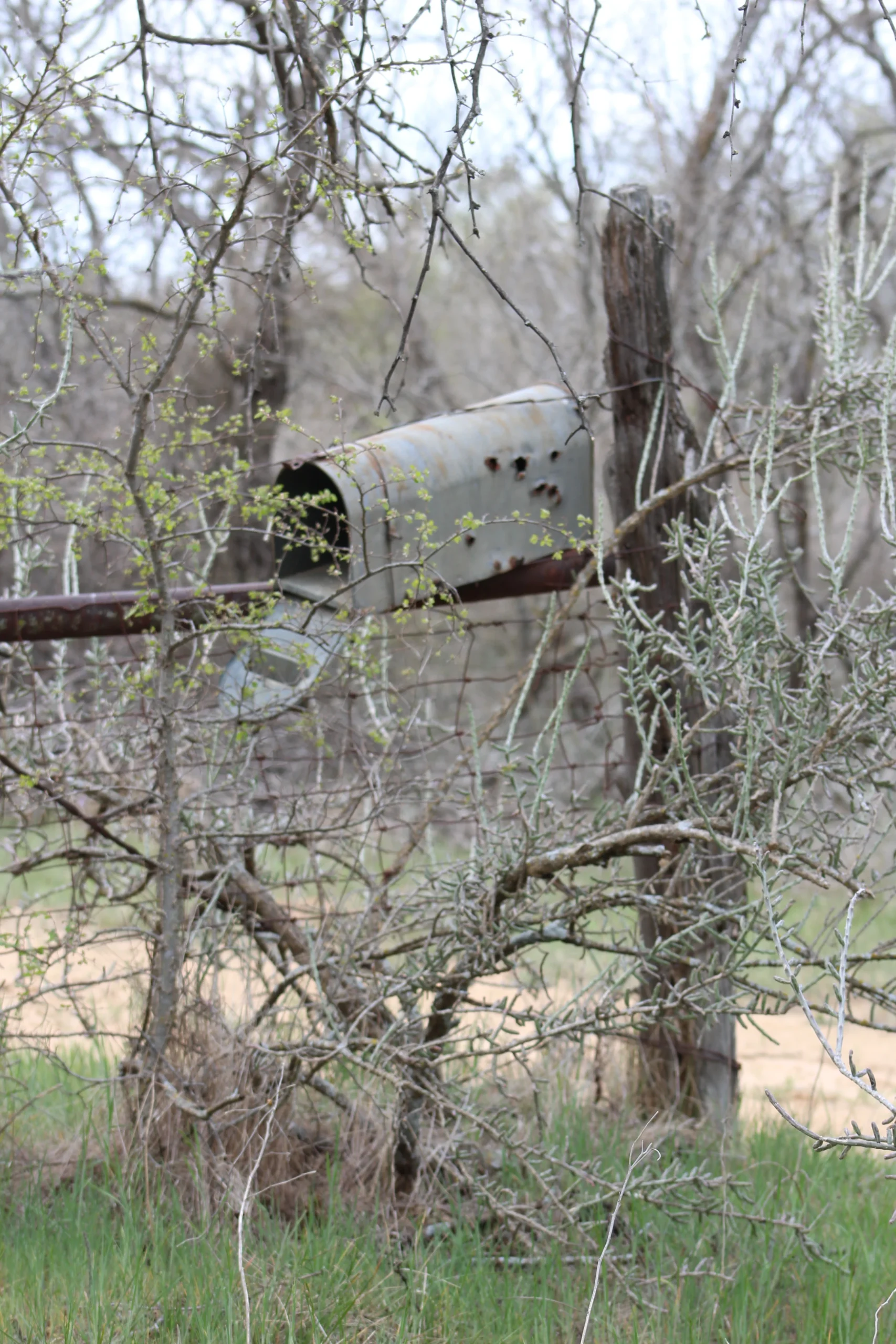
Ah, ranch life—where the cows are content, the Mesquite are thriving, and the mailbox looks like it lost a duel with a Wild West outlaw.
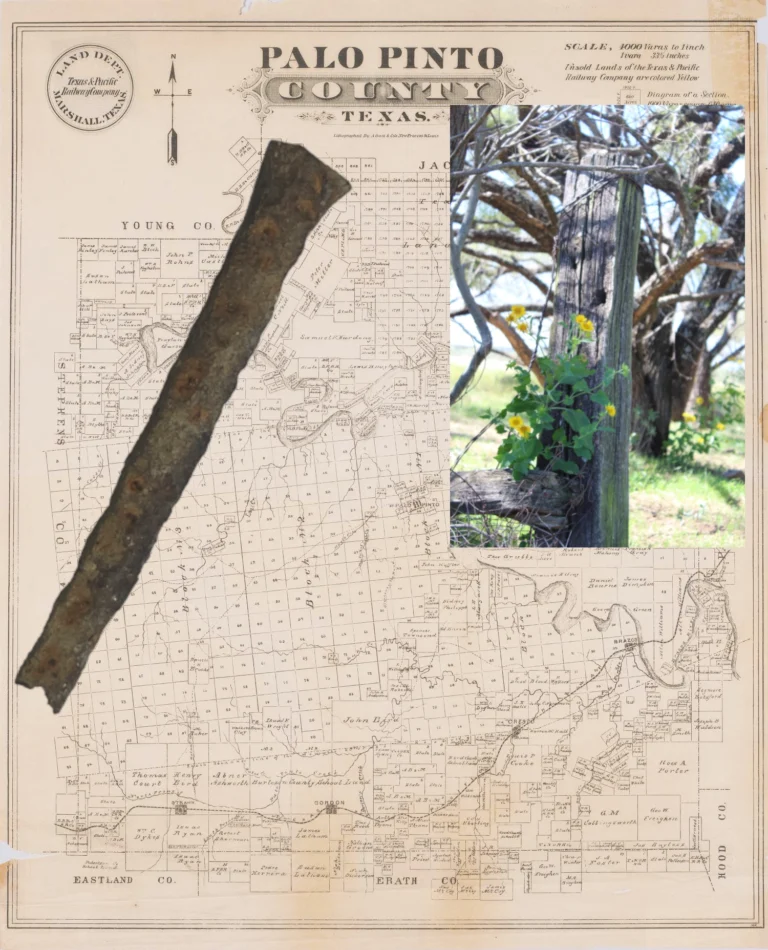
Some folks find arrowheads. Others turn up old coins. But out here on the north side of Erath County—just past the scrub line and the
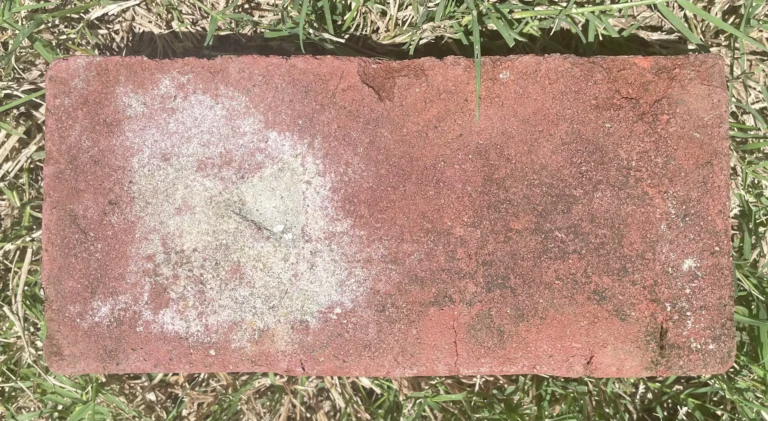
Thanks to the drought, the pond had finally dried enough to dig it out a little more. While working, something red and rough caught the light — a single Thurber brick, half-buried and sunbaked, still holding tight to the Texas earth more than a century after it was fired.

Who says ranch life is all work? My wife and I know a thing or two about beating the blistering summer sun—especially when July hits.